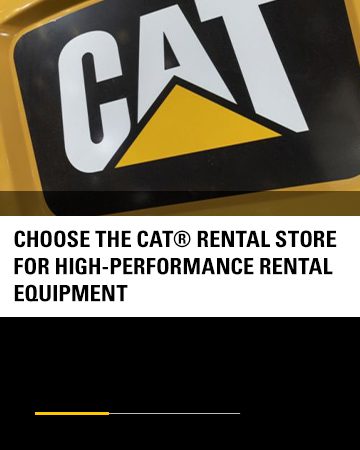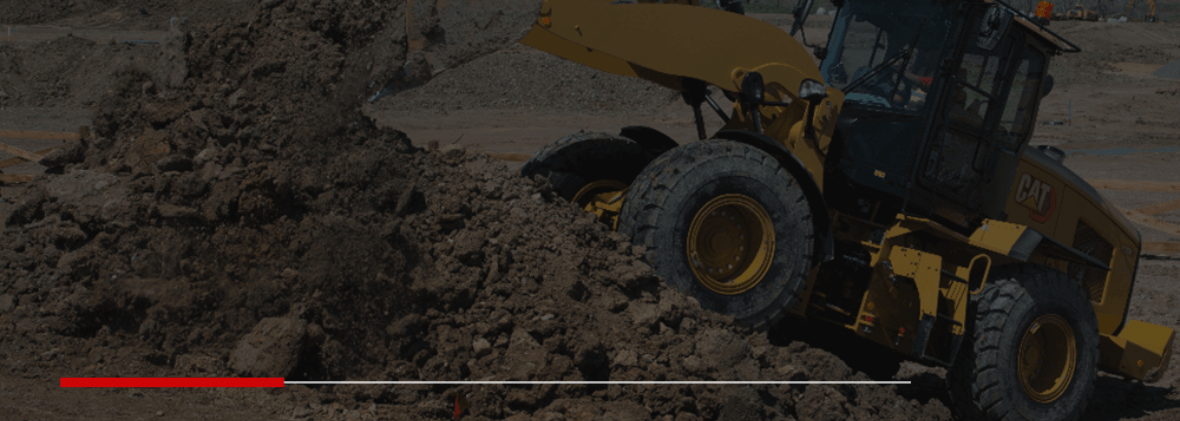
6 Must-Ask Questions About Construction Equipment Rental
Renting construction equipment can save money, giving you flexibility and let you take on jobs of all sizes without the costs of ownership. But how do you know which machine is right for the project?
From project type to operator skill, several factors matter when making a construction equipment rental decision. Here are six key questions to ask before you rent, along with examples of equipment and job scenarios.
1. What Type of Project Is It?
Different projects call for different tools. Each job has unique requirements, and renting gives you access to the right tools for the task.
For example:
- Landscaping and general construction: Compact machines like skid steer loaders, mini excavators and backhoe loaders work well for small residential or commercial projects. They handle digging, trenching, grading, loading, cleanup and so much more.
- Roads and infrastructure: Bigger jobs like roadwork may need machines like dozers, graders, wheel loaders, excavators, cold planers and pavers. Utility projects, such as work on overhead power lines, painting, HVAC, etc., often use aerial lifts to safely reach overhead work.
2. How Versatile Does The Equipment Need to Be?
Some machines do more than one job if you add multiple attachments, which can reduce the need to rent additional equipment.
For example:
- A compact wheel loader with a bucket can move dirt, rock and debris with ease.
- An excavator with an auger can dig fence post holes, then switch to a grapple to set the posts.
- Specialty attachments like brooms brushcutters or mulchers help with cleanup and vegetation control.
3. What Are The Jobsite Conditions?
Ground conditions and weather should guide your choice of selecting either tracked or wheeled equipment. Tracks distribute weight for stability, while wheels provide speed and maneuverability.
For example:
- On stable, dry sites: Wheeled skid steers or wheel excavators move fast and efficiently across firm ground.
- On muddy, snowy or sandy terrain: Compact track loaders and dozers offer better traction.
- On sloped jobsites: Track excavators or track loaders provide more stability.
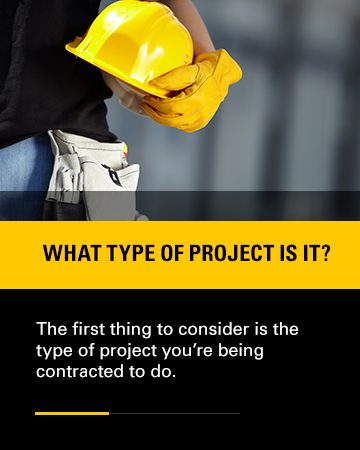
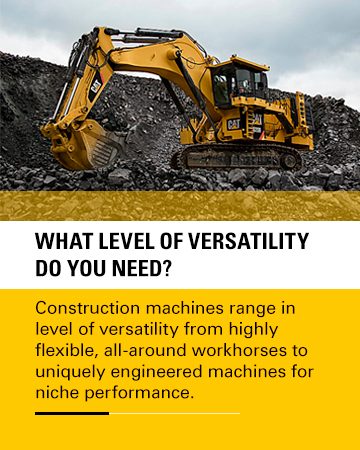
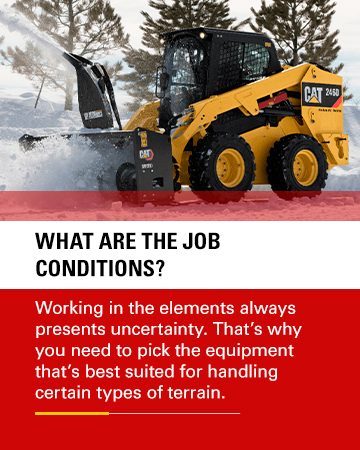
4. How Big Is The Work Area?
Worksite dimensions affect which machines are most practical. Larger machines boost productivity, but smaller machines are more helpful in confined areas.
- Small residential site: A skid steer loader or mini excavator work well around tight spaces.
- Commercial project: A mid-size wheel loader carries heavier loads without crowding the space.
- Highway construction: Full-size dozers or motor graders cover large areas quickly but need more room to operate.
5. What Is the Operator’s Skill Level?
The right machine also depends on who’s running it. The skill of the operator impacts safety and productivity. Compact equipment is easier to operate and ideal for less experienced workers, while heavy equipment requires more skilled operators.
- Easier for beginners: Compact track loaders or mini excavators are easy to control and have good visibility.
- For experienced operators: Large dozers and haul trucks are powerful but require skill and training to operate safely.
6. How Long Do You Need the Equipment?
Rental terms vary by project length. Plan your timeline to help you save money.
- Daily rentals: Best for short-term tasks but more expensive per day.
- Weekly rentals: Cost-effective for mid-length projects.
- Monthly rentals: Lowest cost per day for long-term projects with steady equipment use.
Look for a rental provider with flexible contracts in case your timeline changes.
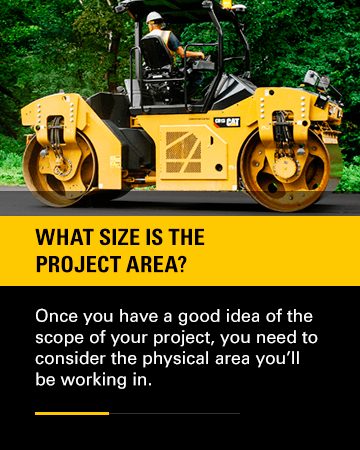
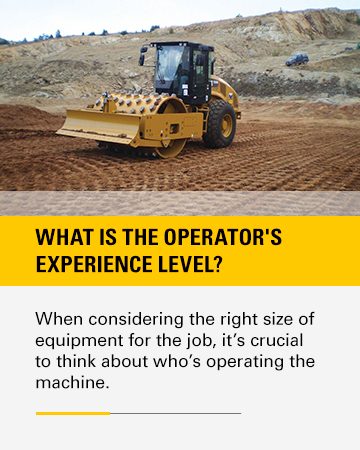
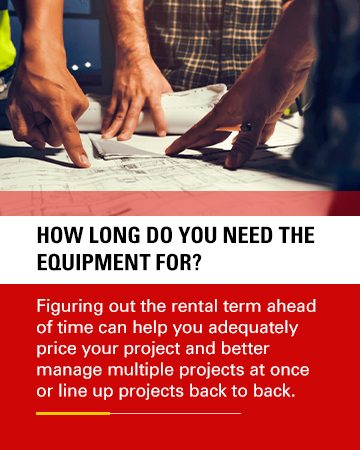
Popular Construction Equipment to Rent
Earthmoving:
- Excavators are ideal for digging, trenching and demolition.
- Backhoe loaders can dig, load and move material.
Aerial Lifts:
- Boom lifts, scissor lifts and personnel lifts for working safely at heights.
Material Handling:
- Forklifts, material handlers and telehandlers lift and move heavy loads efficiently.
Frequently Asked Questions About Renting Construction Equipment
Q: What is the best construction equipment to rent for small projects?
A: Compact machines like skid steers, mini excavators and small wheel loaders provide the best mix of maneuverability and performance for residential or light commercial jobs.
Q: How do I decide between equipment with tracks or wheels?
A: Tracks work best on soft, uneven and sloped ground. Machines with wheels are faster on firm, dry ground or on-road work.
Q: Are long-term rentals cheaper?
A: Yes. While daily rental rates offer flexibility, monthly contracts typically cost less per day. Talk to your rental provider about which contract fits your schedule and budget.
Choose The Cat® Rental Store for Your Equipment Needs
With hundreds of locations worldwide, The Cat® Rental Store offers well-maintained equipment, flexible contracts and expert advice. Explore equipment categories, request a quote or contact your local dealer to get the right machine for your next job.
Find The Cat Rental Store Near You